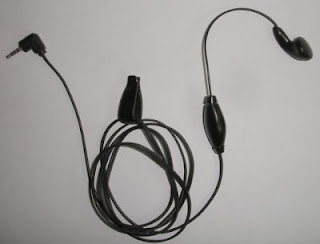Here is an easy, free way to convert a multi-burst image like this:
Into a nice animated gif:

- First install the GIMP (GNU Image Manipulation Program), download it from www.gimp.org (or windows installer in http://gimp-win.sourceforge.net/stable.html)
- Then download the Multi-burst to animation script file: multi-burst-to-anim.scm and save it into C:\Program Files\GIMP-2.0\share\gimp\2.0\scripts for windows or into /usr/share/gimp/2.0/scripts under linux (you will know it is the right folder if you see several other .scm files).
The GIMP is actually a very powerful image editing program, the script presented is just a little tool to extend its functionality, you can learn how to do many other interesting things with the GIMP. - Restart GIMP or refresh scripts with Filters -> Script-fu -> Refresh scripts from the main menu.
- Open the original multi-burst image, you can apply filters to enhance the image if you wish, but if the picture was taken in portrait mode don't rotate the image (the script can do that) as it would change the order of the frames and the resulting animation would seem scrambled.
- Time to use the script: right-click on the image and from the contextual menu, choose Filters -> Animation -> Multi-burst to animation.

- The following dialog will pop up:

The default options will work for a multi-burst photo with landscape orientation, change them if needed and click OK. The animation will be saved in the same folder and with the same filename as the original image, ending with "-anim.gif". Here is the resulting animation for the image above:
Apply cool effects to your webcam with http://www.monacam-app.com











